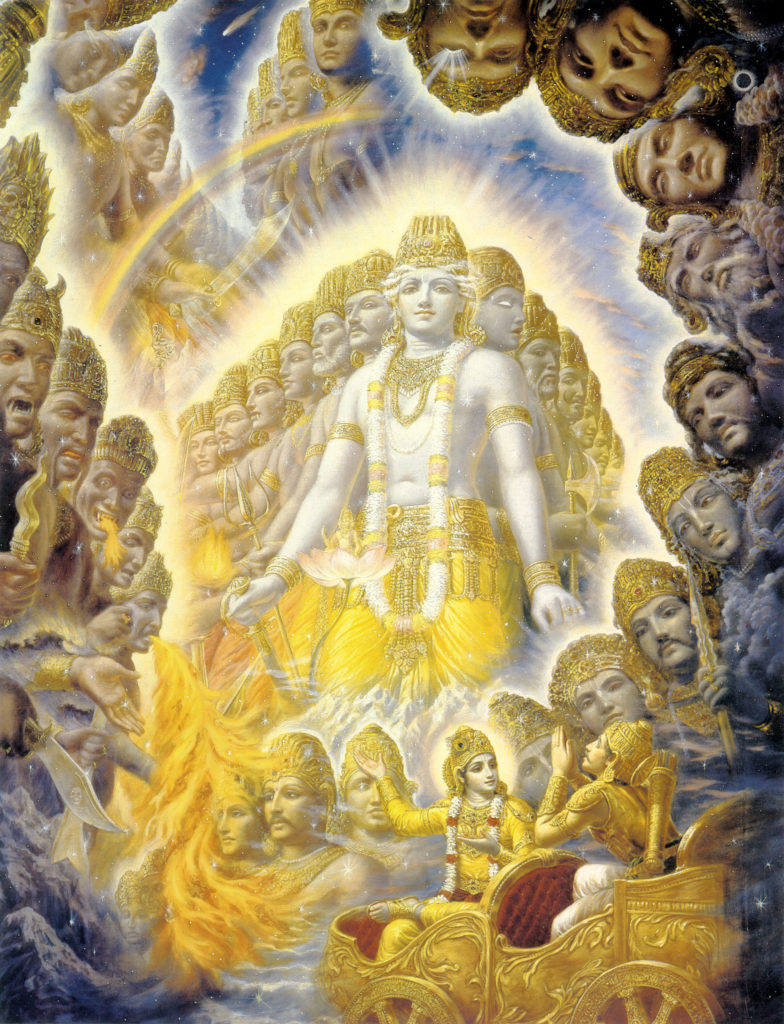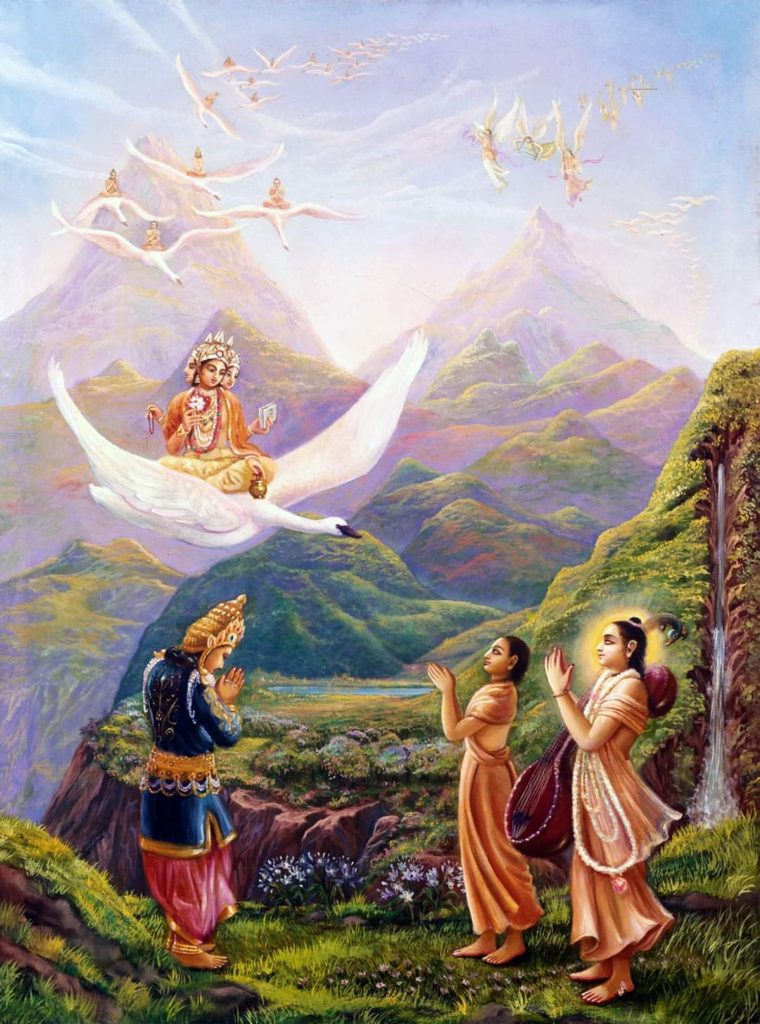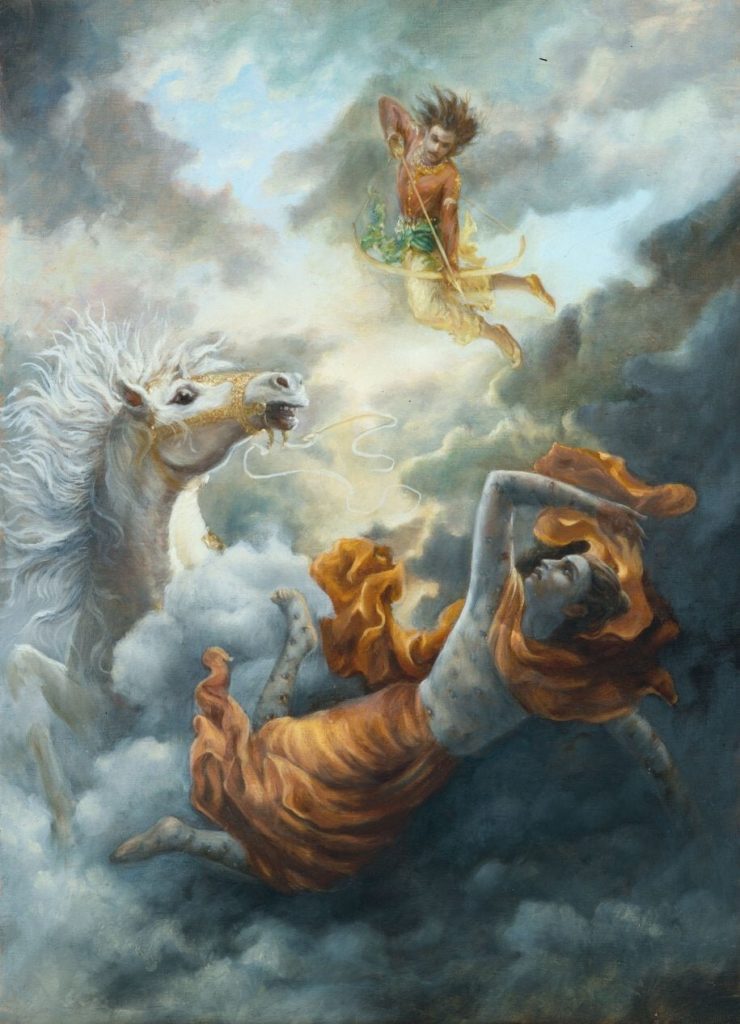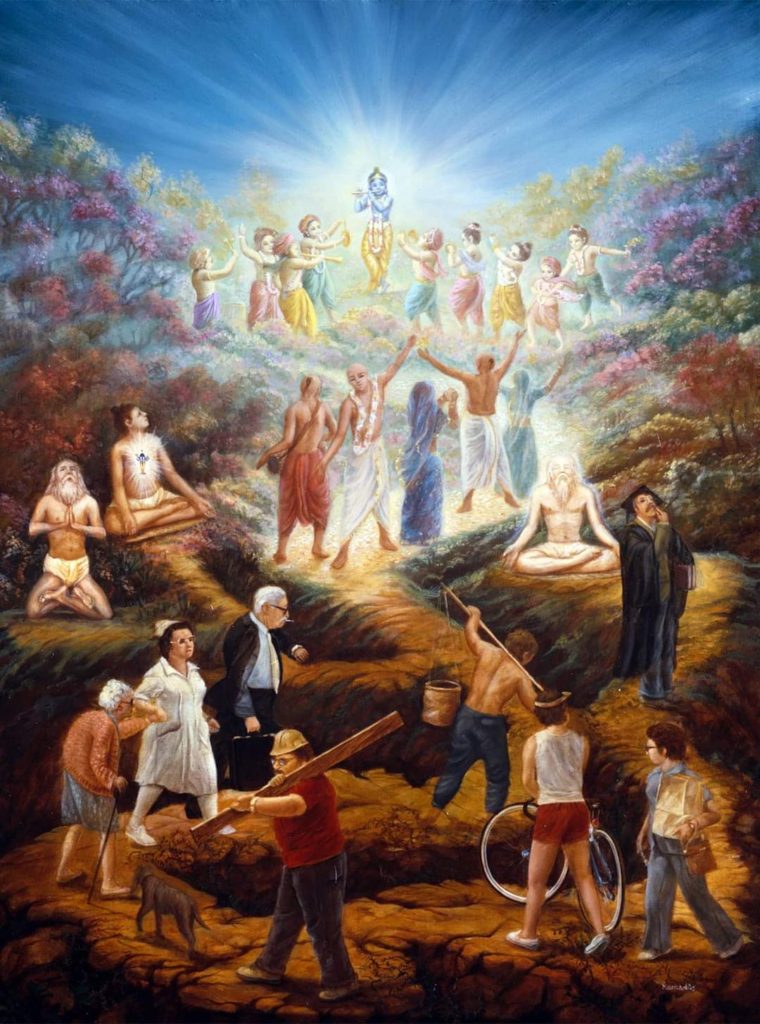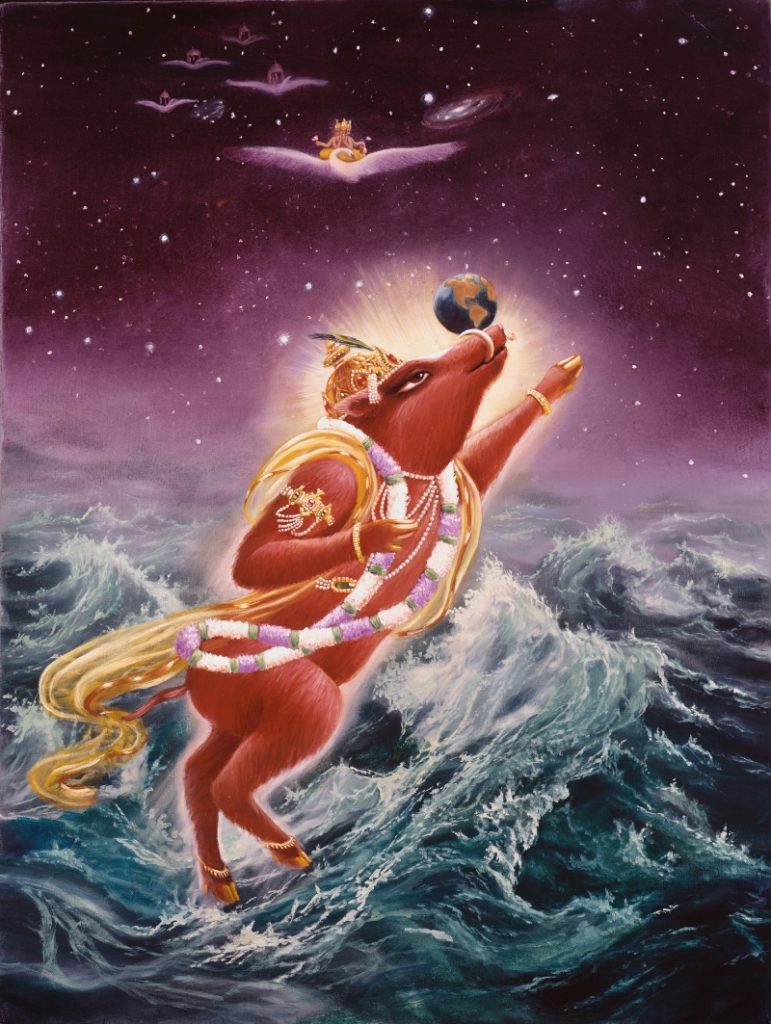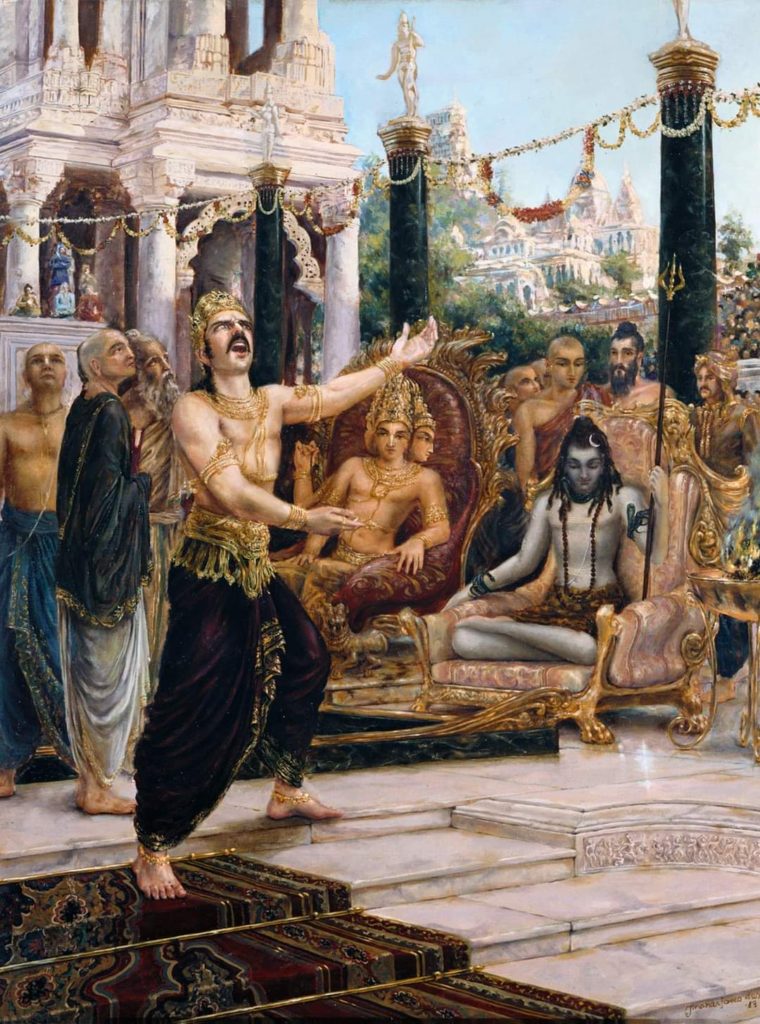Srila Prabhupada makes it clear that instead of asking about how did we fall into this material world, we should ask how to get out of here. He equates this attitude to someone drowning in the ocean who starts asking how he fell into the sea when offered help instead of first getting out of the water and asking questions later.

It makes perfect sense when we think about it logically, but there is also an emotional factor that makes us often take the wrong turn: the fear that the person who is supposed to save us is the same one who put us here. The ultimate conspiracy theory.
The sastras, as well as our previous acaryas, explain that we are eternal servants of Krsna. This makes perfectly clear what our original position is. However, at the same time, it is made clear that no one falls from the spiritual world. How can we come from the spiritual energy if no one falls from the spiritual world?
Continue reading

